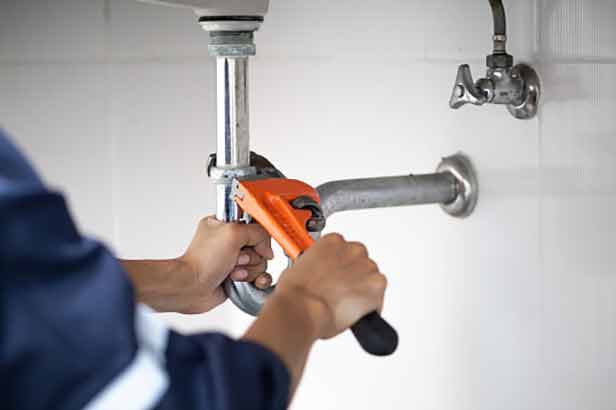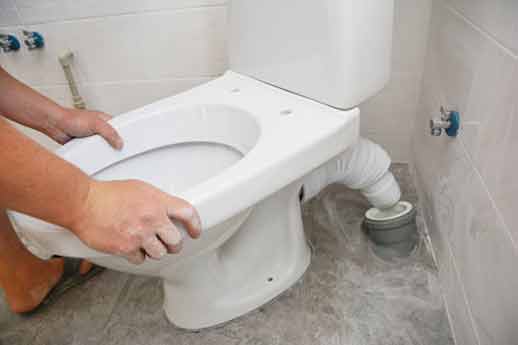Did you know that toilets account for a significant portion of household water usage? In fact, according to the Environmental Protection Agency (EPA), toilets can consume up to 30% of the total water used in an average household. This excessive water usage not only puts a strain on the environment but also adds to your water bills.
If you’re looking to reduce your water consumption and make your home more eco-friendly, one of the most effective steps you can take is to install a new, high-efficiency toilet. In this article, we will guide you through the process of reducing your water usage by upgrading to a water-saving toilet.
Assess Your Existing Toilet
Before purchasing a new toilet, it’s important to evaluate your existing toilet’s water usage. Older toilets typically use significantly more water per flush, ranging from 3.5 to 7 gallons per flush (gpf), compared to modern low-flow toilets that use as little as 1.28 gpf or even less.
Check the manufacturer’s label or search for the model number to determine the flush volume of your current toilet. If it’s an older model with a high gpf, replacing it with a newer water-saving option can lead to substantial water savings.
Select a Low-Flow Toilet
When it comes to choosing a low-flow toilet, consider opting for a Water Sense labeled product. Water Sense is a voluntary certification program sponsored by the EPA, which ensures that water-efficient fixtures meet specific performance criteria while providing exceptional performance.
Look for toilets that are labeled as Water Sense certified, as these fixtures are designed to use no more than 1.28 gpf, providing a water-saving solution without compromising on flushing power.
Consider Dual-Flush Toilets
If you want even more control over your water usage, consider installing a dual-flush toilet. Dual-flush toilets offer two options for flushing: a lower volume flush for liquid waste and a higher volume flush for solid waste. This system allows you to choose the appropriate flush based on the type of waste, resulting in significant water savings.

While it is possible to install a new toilet on your own, hiring a professional plumber can ensure that the installation process is done correctly and efficiently.
Hire a Professional Plumber
While it is possible to install a new toilet on your own, hiring a professional plumber can ensure that the installation process is done correctly and efficiently. An experienced plumber will have the necessary skills and knowledge to handle the installation, including proper sealing, alignment, and connection to the plumbing system.
Moreover, a professional plumber can also provide expert advice on choosing the right toilet model for your specific needs and preferences, ensuring maximum water savings and performance.
Additional Water-Saving Tips
In addition to installing a water-efficient toilet, you can further reduce your water usage by implementing the following tips:
- Check for leaks: Regularly inspect your toilet for leaks by adding a few drops of food coloring to the tank. If the color seeps into the bowl without flushing, there may be a leak that needs to be fixed.
- Install a dual-flush conversion kit: If you’re not ready to replace your existing toilet, consider installing a dual-flush conversion kit. These kits can be installed on most standard toilets and allow you to switch to a dual-flush system.
- Encourage household water conservation: Educate your family members about the importance of water conservation and encourage behaviors such as turning off the faucet when brushing teeth or taking shorter showers.
- Reuse graywater: Consider using graywater (non-potable water collected from various household sources) for activities like watering plants, cleaning, or flushing toilets. Ensure you follow local regulations and guidelines when reusing graywater.
Conclusion
By upgrading to a water-saving toilet, you can significantly reduce your household’s water usage and make a positive impact on the environment. Whether you opt for a low-flow toilet or a dual-flush option, selecting a water-efficient model is a smart investment that will not only conserve water but also save you money on your water bills. Remember to call a plumber for a hassle free toilet installation process and incorporate other water-saving tips into your daily routine to maximize your conservation efforts.
